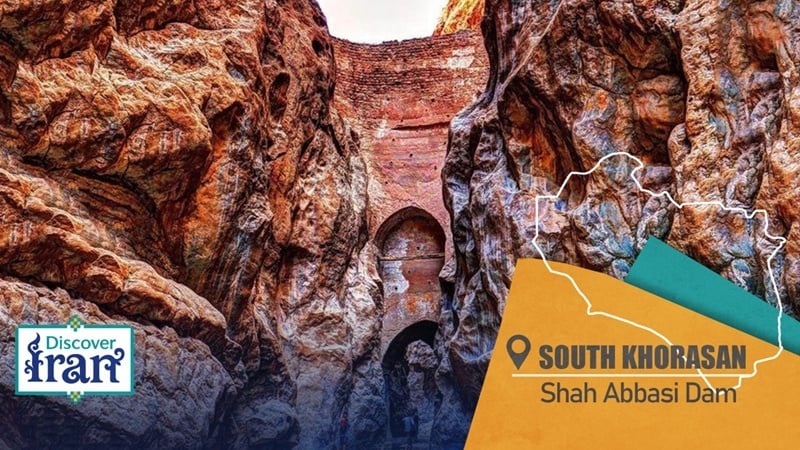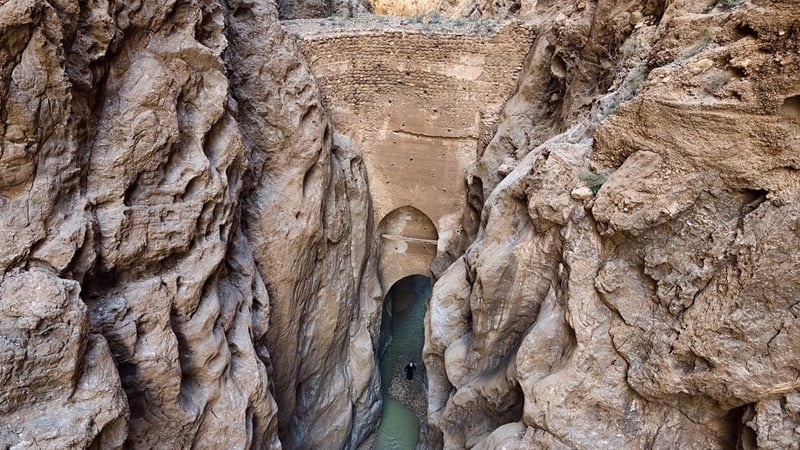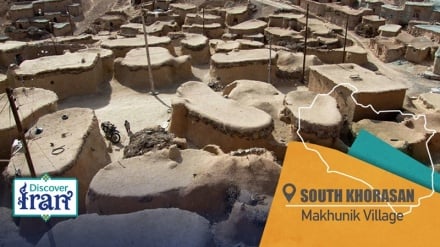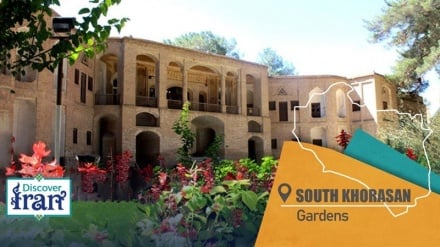Shah Abbas dam: Masterpiece of water engineering in South Khorasan
-

Shah Abbas dam: Masterpiece of water engineering in South Khorasan
Pars Today — In the heart of the beautiful Morteza Ali Valley near Tabas, the Shah Abbas dam stands as a silent yet enduring testament to the ingenuity of water engineering in medieval Iran.
The Shah Abbas dam, built in an arch shape in the 14th century during the Ilkhanid era, regulates the Sardar River, one of the branches of the Namak River, from a height of 20 meters. According to Pars Today, citing Press TV, the dam is closely associated with the Safavid period, as it was extensively rebuilt during the reign of Shah Abbas I or II and has been known by this prominent king’s name ever since.
The Shah Abbas dam is constructed from a combination of brick, stone, and mortar, with its most prominent feature being the pointed arch at its base — a complex and ingenious design aimed at precise water management. Typical floods occurring every ten years would easily pass beneath the arch, but during severe floods, part of the water was stored behind the dam, protecting the city of Tabas from destruction.
The location of the dam was carefully chosen to prevent sediment buildup behind it and ensure its long-term functionality. The lower part of the arch, the oldest section of the structure, is carved directly into the valley’s rocky walls, with bricks arranged radially within the mountain to create a unified and highly durable structure. The upper part of the dam is filled with gravel.
This creative and resilient design, combined with the dam’s high capacity to control floods, has allowed the Shah Abbas Dam to stand for centuries without the need for repairs or maintenance.
Next to the dam, carvings of goats on the rock can be seen, perhaps reflecting the daily life of its builders or later inhabitants — a subtle touch of history alongside the grandeur of engineering.

The Ilkhanid water renaissance and Iran’s dam-building heritage
The ambitious water engineering of the Ilkhanid era marked the beginning of a kind of “water renaissance” on the Iranian plateau — a period of reconstruction and innovation that emerged after the destruction caused by the Mongol invasions in the 13th century and led to the widespread revival of qanats, canals, and the construction of new dams. The Shah Abbas Dam in South Khorasan is just one of the outstanding examples of this golden era.
The Ilkhanids, who had blended with Iranian culture, not only restored ancient water systems but also built dams that were considered engineering marvels of their time.
Among these structures is the Kourit Arch Dam near Tabas, which, with its impressive height of 56 meters, is one of the tallest historical dams in Iran.
In western Iran, near the city of Qom, the Kobar Arch Dam was built, standing 26 meters high, with a crest length of 55 meters and a variable thickness of 6 to 9 meters. This dam is recognized as the oldest remaining example of its kind, surpassing similar Western structures by several centuries.
The Ilkhanid construction program was not limited to arch dams; they also built large gravity dams such as the Saveh Dam and the Shesh Taraz Dam near Kashmar, reflecting a comprehensive and advanced approach to water management and agricultural development in their territories.
This engineering heritage is not only a symbol of Iranian ingenuity during the Ilkhanid era but also laid the foundation for many water-related achievements in the centuries that followed.

Iran’s global engineering standing
The global significance of Ilkhanid dams, including the Shah Abbas dam, lies in their engineering. These structures are recognized as the world’s first true arch dams, built several centuries before similar European examples.
Although arch dams were built in ancient times, particularly by the Romans, their designs were relatively primitive. Dams such as Vallon de Baume, Sparragalcho, and Darb were mostly arch-gravity or buttressed types, with circular or polygonal plans that relied on a combination of arch force and their substantial weight for stability. These designs were thicker, shorter (up to 12 meters), and less efficient from an engineering standpoint.
However, in 14th-century Iran, Ilkhanid dams marked a qualitative leap in water engineering. These dams were stone-built arch-gravity structures designed for irrigation and water supply. With unprecedented heights and narrow, precise arch forms, they utilized the arch principle to counter water pressure far more effectively.
In Europe, serious experimentation with arch dams did not begin until two centuries later, with structures such as the Almansa Dam and the Tibi Dam in Spain. Despite their impressive size, these dams were still thick, short arch-gravity types (33 and 46 meters) and did not reach the engineering sophistication of the Iranian models.
It was not until the 20th century, with the advent of modern materials like concrete and advanced structural calculations, that Western dams surpassed the Iranian examples in scale and height. Nevertheless, the legacy of Ilkhanid engineers remains recognized as the true pioneers of modern arch dams in the history of global engineering.


